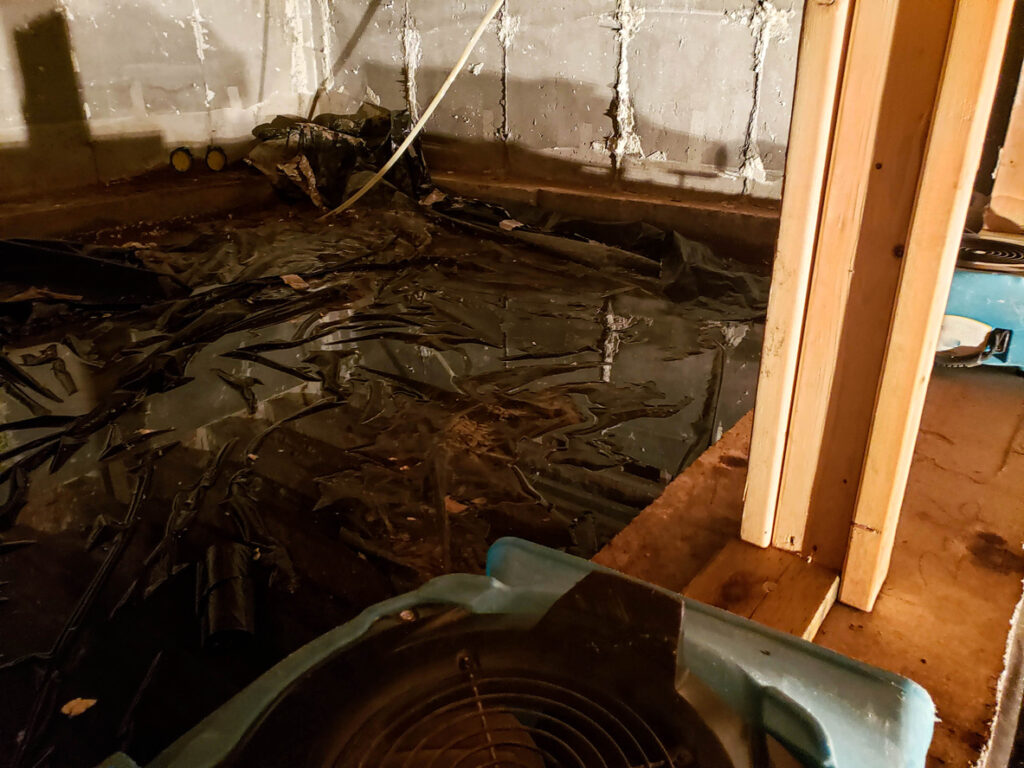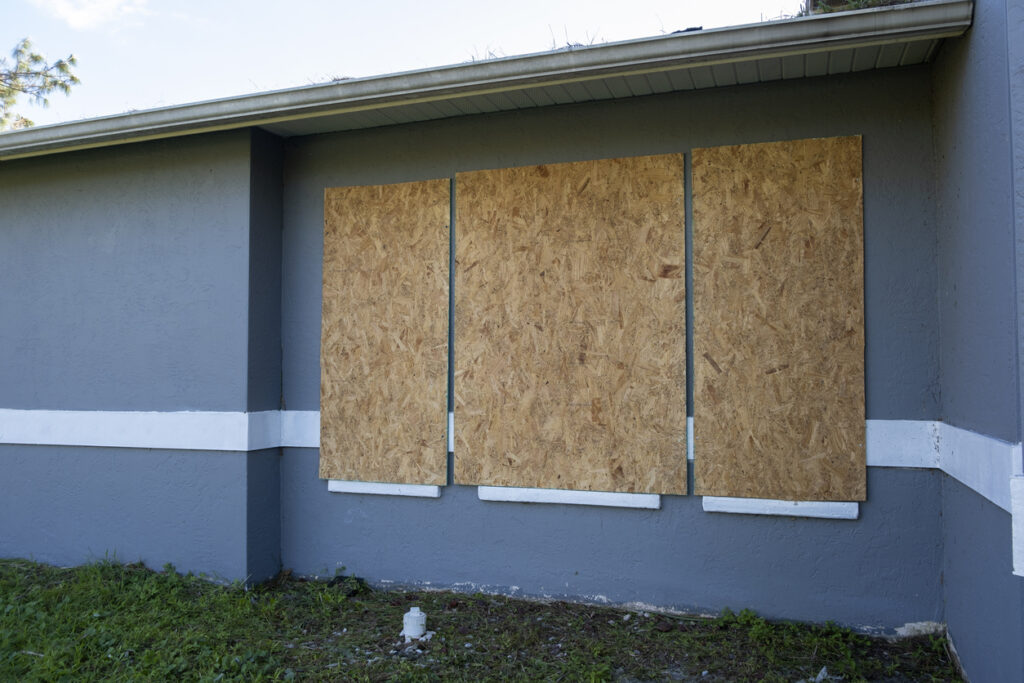Thousand Oaks water damage starts in your front yard
Think your deer-resistant landscaping is eco-friendly? It might be quietly flooding your crawlspace.
Thousand Oaks has some of the strictest deer protection ordinances in Ventura County. The City pushes native and drought-tolerant plantings lavender, sage, rosemary all beautiful. All great for wildlife. But stack enough of them near your home and you’ve got a sponge that traps stormwater instead of letting it run off. Mix in mulch, gravel, and tight-rooted cover crops? You’ve just blocked your natural drainage lines. Now your yard doesn’t drain. Your foundation takes the hit.
Because you don’t need just restoration. You need Total Restoration.
Deer-resistant landscaping damage is built into local law
Want more proof? Here’s the Thousand Oaks Water Sustainability ordinance they’re basing this on it’s meant to protect habitat, but can wreck drainage if misapplied. Thousand Oaks Municipal Code backs wildlife preservation hard. The goal: preserve open-space corridors, discourage deer intrusion into neighborhoods, and keep your yard from becoming a 24/7 buffet for local wildlife. The city encourages:
- Dense, deer-resistant vegetation: sage, salvia, yarrow.
- Gravel mulch and xeriscaping to discourage feeding and reduce water use.
- Reduced turf and minimized open ground—great for water conservation, terrible for drainage.
But here’s what they don’t tell you: Neighborhoods close to open space Lang Ranch, Wildwood, Newbury Park are forced into these practices by proximity. They build up those green walls to keep deer out. In doing so, they also lock rainwater in. Natural runoff gets dammed up. And your foundation becomes ground zero.
Inside the Ordinance: What the Thousand Oaks Code Actually Says
- Section 5-8.03: Encourages landscaping that deters wildlife intrusion
- Section 9-4.2301: Pushes drought-tolerant, low-maintenance plantings
- Section 9-4.2401: Promotes natural buffers near open space Deer protection rules in Thousand Oaks aren’t just guidelines. They’re codified into the Municipal Code. Here’s the part most homeowners miss:
- Section 5-8.03: Encourages landscaping that deters wildlife intrusion
- Section 9-4.2301: Pushes drought-tolerant, low-maintenance plantings
- Section 9-4.2401: Promotes natural buffers near open space
Each of these laws makes sense on paper. But the landscaping that checks all those boxes? It’s almost always thick, impermeable, and built to retain water. The city doesn’t warn you that your new “wildlife buffer” can turn into a flood trap with the first real storm.
What’s worse: most HOAs in Thousand Oaks reinforce these standards with stricter versions of their own.

Drainage flooding restoration starts with recognizing the setup
And if you’re in Ojai dealing with similar issues under different code? Our Ojai water damage restoration team sees the same foundational failure patterns all preventable with the right layout. When that deer-resistant jungle wraps around your home, here’s what’s happening under the surface:
- Water gets trapped inside thick plantings. It pools instead of flowing.
- Gravel and mulch form a water barrier. They redirect moisture—straight toward your foundation.
- Drainage paths get blocked: swales, French drains, gutters, and natural slopes all choked off.
Result: foundation seepage. Crawlspace flooding. Standing water that doesn’t leave.
Come winter storm season, it gets worse. Rain can’t escape. It saturates soil, cracks concrete, and invites black mold.
And yes, we’ve seen it first-hand.
Signs Thousand Oaks water damage is creeping in
- Persistent water pooling next to your home
- Foundation cracks or stains
- Musty odor from crawlspaces or lower levels
- Gutters that overflow despite regular cleaning
- Soggy patches under mulch, even days after a storm
Don’t write it off as a landscaping quirk. Landscaping is the cause.
The Insurance Angle: Will They Cover Water Damage from Landscaping?
- Gradual damage from poor landscaping often gets labeled “maintenance neglect.” Denied.
- Blocked drainage? If it wasn’t caused by a covered event (like a storm surge), you’re probably eating the cost.
- Flood insurance exclusions kick in fast. Landscaping-caused water intrusion is almost always exempt.
- "You should’ve trimmed your vegetation."
- "Your mulch created a barrier."
- "The water came from the yard, not the storm."

Total Restoration’s crawlspace-to-curb strategy
- High-capacity extraction for flooded crawlspaces and yard pooling
- Drying protocol with industrial dehumidifiers to block mold
- Foundation diagnostics to map water intrusion paths
- Landscape coordination: we work with your yard crews to regrade, redesign, and keep you compliant with Thousand Oaks code
- Insurance liaison: we document cause, provide adjuster-ready reports, and back your claim
Case study: Lang Ranch crawlspace flood
One homeowner loaded up on deer-proof hedges along the back slope. Winter hit. Drainage shut down. Water slid under the mulch, soaked into the foundation, and flooded the crawlspace.
We rolled in
- Extracted the water
- Dehumidified the entire substructure
- Installed surface swales and regraded key zones
- Worked with their landscaper to pick code-compliant plants with better spacing
Drainage prevention tips for Thousand Oaks homeowners
- Use deer-resistant plants with low water retention — think lavender or juniper, not thick sedge or ivy.
- Skip gravel overload — use permeable pavers or decomposed granite for better soil absorption.
- Inspect drainage paths quarterly — walk your swales, check gutter downspouts, inspect the slope away from your foundation.
- Hire landscape designers who know the city code — compliance without flooding is a tightrope. Professionals know how to walk it.
- Book a pre-storm audit with Total Restoration. We’ll walk your property and spot drainage issues before the first drop falls.
And when that first storm hits, we’re on call 24/7.
Because you don’t need just restoration. You need Total Restoration.
FAQ: Fast Fixes for Drainage Nightmares
What’s the best deer-resistant plant that won’t block drainage?
How often should I inspect my gutters?
Is gravel a bad idea?
Can I get fined for removing deer-friendly landscaping?
How fast can Total Restoration respond in Thousand Oaks?

When Landscaping Turns Into a Lawsuit
Thousand Oaks’ deer protection laws aren’t going anywhere and we get why. But those rules shape landscaping that, without smart design, can wreck your foundation.
Dense vegetation, gravel overload, and sealed soil zones block the natural flow of rainwater. Damage builds slowly until it floods.
Catch the signs early. Rethink your layout. And if the damage is done? Call in the only crew that’s built to fix it, fast. And if your property’s further east? Our Ojai water damage experts handle the same drainage chaos with code-savvy precision.
Thousand Oaks flooding? Call 805-410-4999 — our crew rolls in 45 minutes. No delays. No outsourcing. Just Total Restoration.
